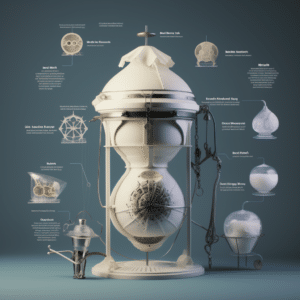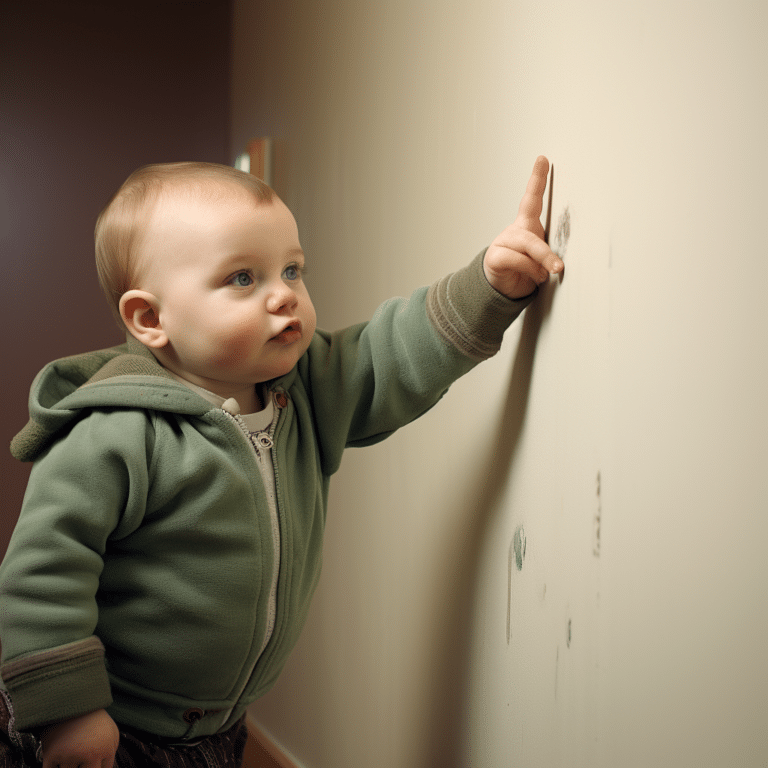Nurturing Babies: Breast Milk Care and Reconstitution
For many women, breast milk is the perfect food for their babies. In fact, the Centers for Disease Control and Prevention (CDC) recommends that you exclusively breastfeed all babies until they are one year old.
Simply because breast milk is the sum of all the nourishment and protection a mother should provide to her baby. It contains proteins, vitamins, minerals, and antibodies. However, its composition varies depending on your diet, medications, culture, or genetic makeup.
Breast milk can separate when exposed to extreme conditions. So many moms often wonder whether they should shake their toddler’s treat once it separates. Shaking it will help mix the nutritional components evenly, although it may change the protein’s shape.
Keep reading to learn about breast milk components and whether you should shake or shirl.

Breast Milk Essentials
Breast milk is the most important thing you can offer your baby. It’s a perfect food for newborns and offers many benefits over formula and other commercial baby foods. Breast milk contains nutrients specific to the mother’s diet and helps protect your baby against infections and illnesses.
Breast milk contains antibodies that help prevent infection by fighting harmful bacteria, viruses and fungi. It also contains immunoglobulins (Ig) which help develop your baby’s immune system.
Breast milk comprises various components that work together in a specific way to provide nutrients to babies in their early months of life. Some of its components can be easily destroyed by heat and light.
Similarly, commercial processing, such as pasteurization or homogenization, can easily destroy other essential nutrients by breaking them into smaller molecules. Due to this, breast milk should be kept in a cool and dry environment to preserve these valuable nutrients.
Shaking or Swirling Breast Milk?
The quality of breast milk varies depending on many factors, including your diet and whether you’re pumping or feeding your baby directly from the breast. If you express milk and separates it, you will need to reconstitute it or lose its nutritional value.
Basically, there are two common methods of reconstituting breast milk: shaking and swirling.
Shaking is the most common reconstituting breast milk since it ensures evenly mixing. This is an easy and effective way to bring back the nutrients.
But it can sometimes leave some bits behind.
With swirling, you use a bottle warmer to help mix up your breast milk. This method will work best if you’ve already warmed your baby’s bottle by pouring it over hot water or microwaving the bottle for a few seconds. The warmer helps ensure that all the milk is mixed up before you feed it to your baby.
However, there are some concerns about shaking breast milk bottles as many parents are advised against it. Breast milk is delicate and may lose its nutritional value once over-shaken or mishandled.
The theory is that adding air while shaking the milk may denature the proteins lowering their effectiveness. Similarly, shaking may also damage fat globules instead of mixing them back into milk as thought.
Yet, despite all these concerns, some moms find this advice misleading. They believe shaking their breast milk would allow more oxygen into it, facilitating easier digestion.
All in all, the jury is still out on whether or not this works. But if you want to try it out for yourself, here are some tips:
- Use a slow speed when shaking your bottle so that you don’t cause damage to the fat globules or denature any of the proteins or amino acids in your baby’s food.
- Warm up your baby’s food before feeding them so that it doesn’t come out too cold or too hot
In general, there has been little conclusive evidence to support either side of this debate. Some studies have shown that shaking does not change the amount of protein in breast milk, while others have found that it does alter proteins.
Does Breast Milk Bubble When Shaken?
Yes, breast milk does bubble when shaken. It’s a natural reaction to the presence of lipase, a protein that breaks down fat in breast milk.
So when breast milk is shaken or stirred, this protein triggers it to foam. This may be particularly noticeable if you have a sensitive gag reflex and use a bottle with a wide nipple.
Is High Lipase Milk Bad for Babies?
Despite its benefits, some people believe high lipase milk may harm babies. They claim that it can cause digestive problems in small children, including diarrhea or constipation. However, studies have shown that high lipase milk does not cause digestive problems in newborns. It has even been linked to higher growth rates in toddlers and children.
Possible Causes of Foamy Breast Milk
Several different factors cause foamy breast milk. Some of the most common causes include:
- Extended breastfeeding
When you breastfeed for a long period, you may experience more milk production than usual. This is called a “forceful letdown” and can cause milk to come out of your nipple forcefully. This may lead to milk blobs or even foam.
- High Lipase Presence
These enzymes are present in high quantities in your breastmilk and can cause a foamy appearance to your breastmilk. This is usually seen during the first few months of breastfeeding. A sudden increase in lipase activity can cause foamy breast milk with an unpleasant smell.
Mixing Breast Milk
You can’t get breast milk to mix better than it does on its own. But a few tricks can help you get your baby’s first food to integrate better.
The key to getting breast milk to mix better is defrosting the bottle under cold water.
Stir the bottle gently before pouring out any remaining liquid or solid portions of breast milk, and then put them in a warm place until they are completely melted or at room temperature (if you live in a warm climate).

Bottom Line
There is no real consensus on this topic, so your best bet is to do what you feel comfortable with. It is safe to say that shaking breast milk should not be done in excess. Doing it occasionally should be fine, especially if you feel like it helps mix the fat layer back up a little.
Ultimately, breast milk should be shaken gently so that the fat particles do not get damaged or destroyed. As long as you hold the breast milk container correctly, you do not need to worry about the breast milk getting damaged by shaking.






